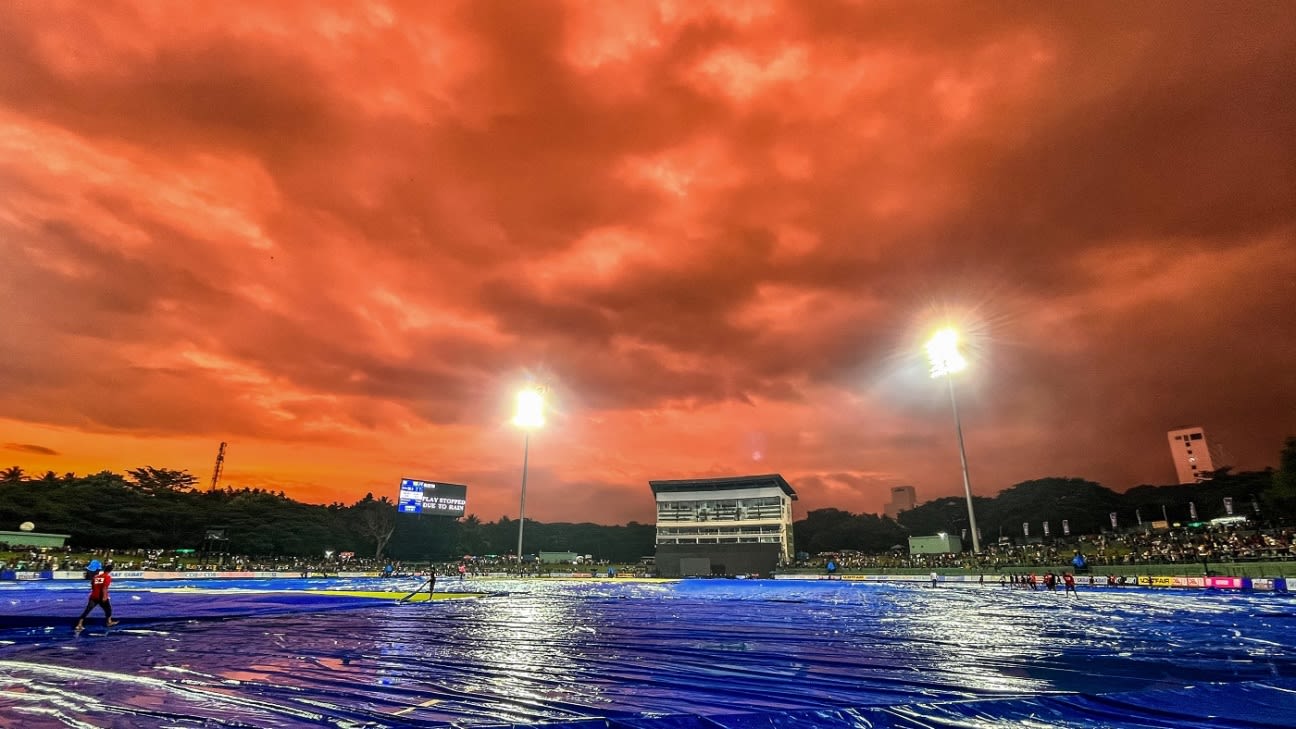Wet balls contribute to West Indies' defeat in Pallekele
Written by I Dig Sports
"Their bowlers were really good, but because of the rain around, I think they had trouble gripping the ball," he said. "There was less turn on the wicket too, to be honest. But they still bowled well. "
In fact, when West Indies still had the new balls (they use one ball at either end in ODIs) and they had not yet become especially damp, their bowlers had dominated. Sri Lanka lost three wickets inside the first seven overs, before Madushka and Asalanka produced their big fourth-wicket stand.
During that partnership, the batters repeatedly hit the balls over the boundary and into areas of the ground and drainage areas that were waterlogged, thereby substantially changing the condition of the ball. In fact, West Indies' bowlers brought this to the umpires' attention at least twice, but were not successful in having the balls changed for drier ones.
Part of Sri Lanka's strategy at 45 for 3 may have been to hang around until bowling became significantly more difficult. "What Charith aiya said was to take the game as deep as possible - to start with dragging the game to 20 or 25 overs, before we reassess," Madushka said. "I think that positive mindset affected me positively as well, and helped me perform."
With the two remaining ODIs also to be played in Pallekele, a notoriously wet venue, conditions may continue to play a significant role in the outcome. So far this tour, from West Indies' perspective, they are the side that has been at a substantial disadvantage.















 Phone: (800) 737. 6040
Phone: (800) 737. 6040 Fax: (800) 825 5558
Fax: (800) 825 5558 Website:
Website:  Email:
Email: 






